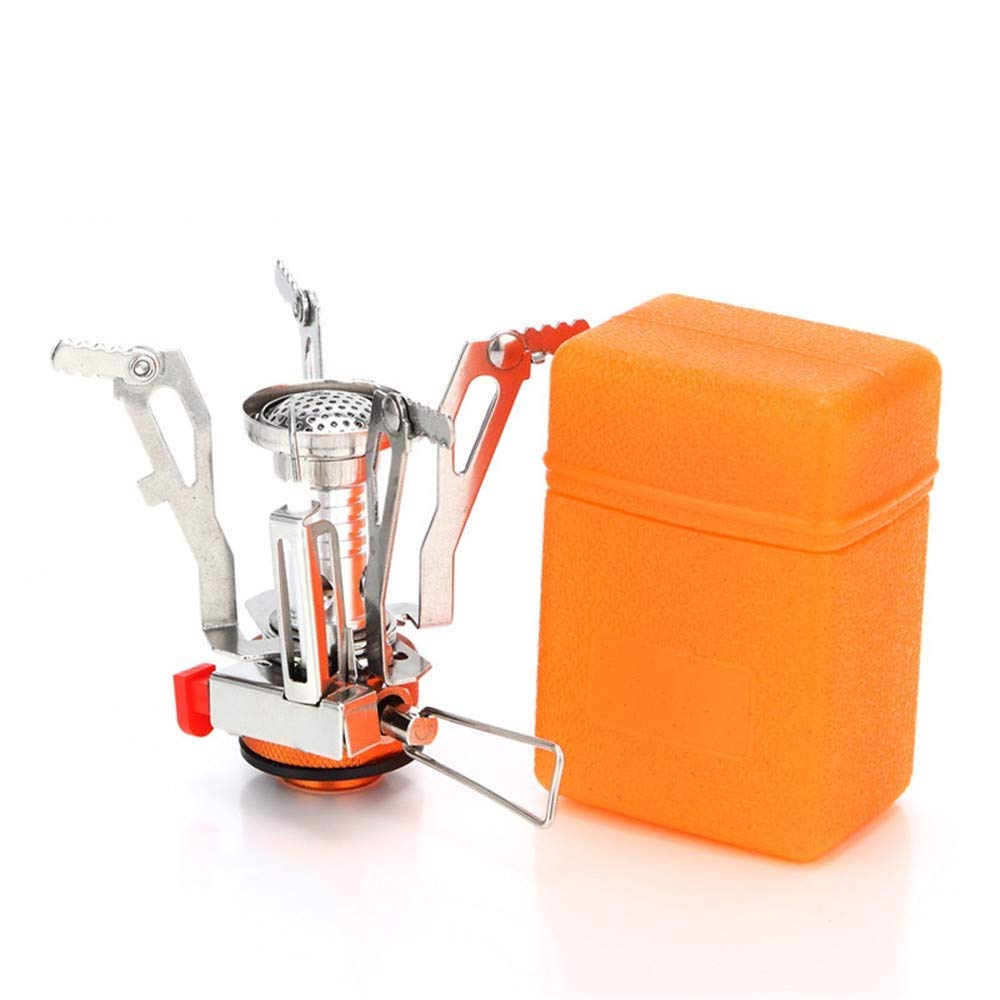Camping is an activity that offers the opportunity to connect with nature, relax, and escape the hustle and bustle of everyday life. Central to a successful camping experience is the ability to prepare nourishing meals in the great outdoors, and this is where camping stoves come into play. Whether you are a casual camper or a seasoned outdoors enthusiast, having the right camping stove can make all the difference. Understanding the essential features of camping stoves will help you choose the best one for your adventures. In this article, we will explore these features, the different types of camping stoves, and tips for selecting the perfect stove for your next trip.
The Importance of a Good Camping Stove
Convenience in Meal Preparation
One of the main advantages of using a camping stove is the convenience it brings to meal preparation. Cooking over a campfire can be enjoyable, but it often comes with unpredictability, such as fluctuating temperatures and the need to gather wood. A camping stove allows for controlled cooking, ensuring that your meals are prepared more consistently and reliably. Whether you’re making coffee in the morning or simmering a stew for dinner, a portable stove can simplify the process and expand your cooking options.
Safety Considerations
Safety is paramount when cooking outdoors. An open flame can present hazards such as burns, uncontrolled fires, and wildlife encounters. Camping stoves are designed with safety features that can significantly reduce these risks. Many modern stoves include pressure regulators, wind screens, and automatic shut-off features that enhance safety during operation. Choosing a stove with good safety ratings allows you to focus on cooking rather than worrying about accidents, making your camping experience much more enjoyable.
Versatility for Different Cooking Styles
Camping stoves come in an array of styles, catering to various cooking preferences and needs. Different models offer different functionalities, from boiling water rapidly to preparing gourmet meals. Some stoves have multiple burners, while others might even allow you to bake. The versatility of camping stoves ensures that you can prepare a wide range of meals in the outdoors, whether you’re planning a simple breakfast or a multi-course dinner. Understanding your cooking needs will help guide you to the most suitable stove for your adventures.
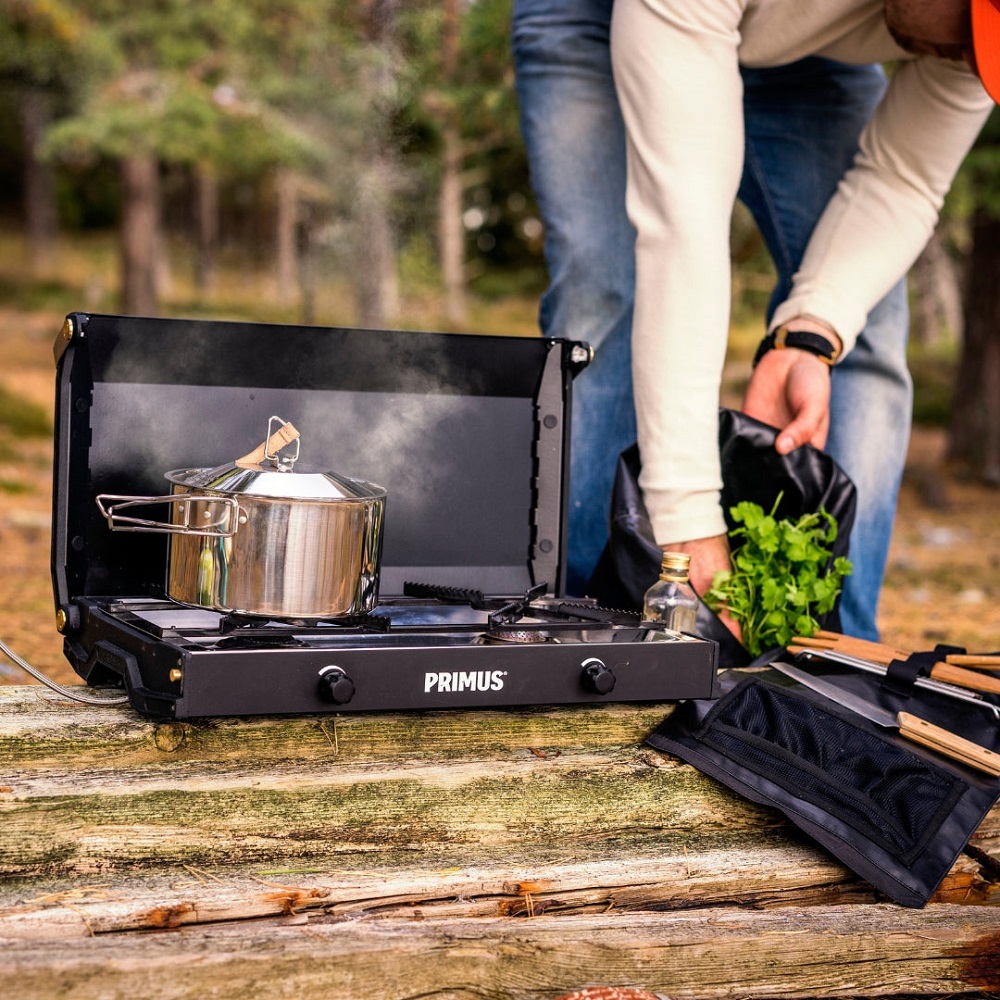
Types of Camping Stoves
Canister Stoves
Canister stoves are widely popular among campers for their ease of use and lightweight design. These stoves attach to small, pre-filled fuel canisters containing a mixture of propane and butane. Canister stoves are easy to set up and provide quick ignition with a simple push-button starter. Because of their lightweight nature, they are ideal for backpackers who need to minimize their load. Moreover, many canister stoves have adjustable flame controls, allowing for precision when cooking.
Advantages of Canister Stoves
One of the key advantages of canister stoves is their portability. They are compact and light, making them easy to pack into any backpack or camping gear. Additionally, these stoves are relatively clean-burning, resulting in fewer emissions and less soot compared to some other fuel types. Canister stoves are excellent for short trips, as you can easily carry extra canisters if necessary. Their simplicity and effectiveness make them suitable for a wide range of campers, from novices to experienced outdoor enthusiasts.
Liquid Fuel Stoves
Liquid fuel stoves are another popular option for campers who require versatility in their cooking. These stoves typically use fuels such as white gas, kerosene, or unleaded gasoline. They can be more complex than canister stoves but also offer considerable advantages, especially for longer trips. Many liquid fuel stoves are built to endure rugged conditions and provide powerful burners for efficient cooking.
Benefits of Liquid Fuel Stoves
Liquid fuel stoves are favored for their fuel reliability and convenience in remote locations. White gas can be found in many outdoor supply stores, and in some areas, it is easier to acquire than canisters. This option allows you to carry larger quantities of fuel without taking up as much space. Additionally, these stoves often provide higher heat output and better cooking efficiency, essential for preparing meals quickly when camping under time constraints or adverse weather.
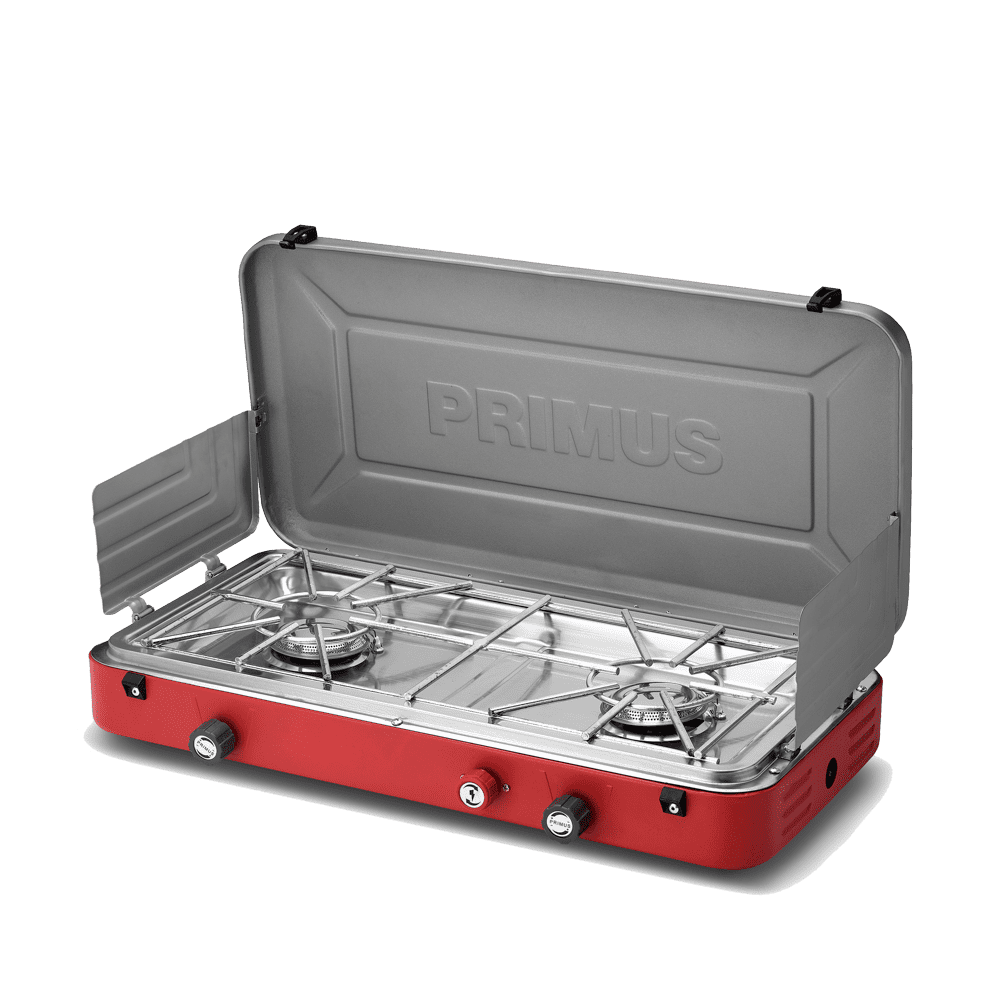
Wood-Burning Stoves
For those who appreciate a more traditional approach to cooking, wood-burning stoves offer a unique and eco-friendly option. These stoves use small twigs, branches, and other natural materials as fuel. This reliance on natural resources makes wood-burning stoves ideal for campers looking to minimize their environmental footprint.
Advantages of Wood-Burning Stoves
Using wood as fuel can be a sustainable option for camping. Many campers enjoy the process of foraging for fuel as part of the outdoor experience. Wood-burning stoves provide a genuine connection to nature, allowing you to utilize the resources around you. Additionally, they can produce a lovely ambiance, further enhancing the outdoor experience. However, be mindful of local regulations regarding open flames, particularly in areas prone to wildfires.
Essential Features to Look For
Weight and Portability
When selecting a camping stove, weight and portability are top considerations. Lightweight stoves are more convenient for backpackers who need to carry their gear over long distances. Most manufacturers provide weight specifications to help you make informed decisions. Ideally, the stove should be compact enough to fit easily into your camping backpack without taking up too much space. A portable design allows for greater flexibility, allowing you to set up your cooking station wherever you may be.
Ease of Setup and Use
How quickly a stove can be set up and operated directly impacts your camping experience. Look for stoves that feature straightforward assembly and simple interfaces. A camping stove that ignites quickly with minimal hassle is essential for those dreading the preparation of meals after a long day of hiking. Additionally, stoves with intuitive controls, such as easy-to-use knobs, can enhance your overall cooking experience, allowing you to focus more on preparing great food and enjoying the outdoors.
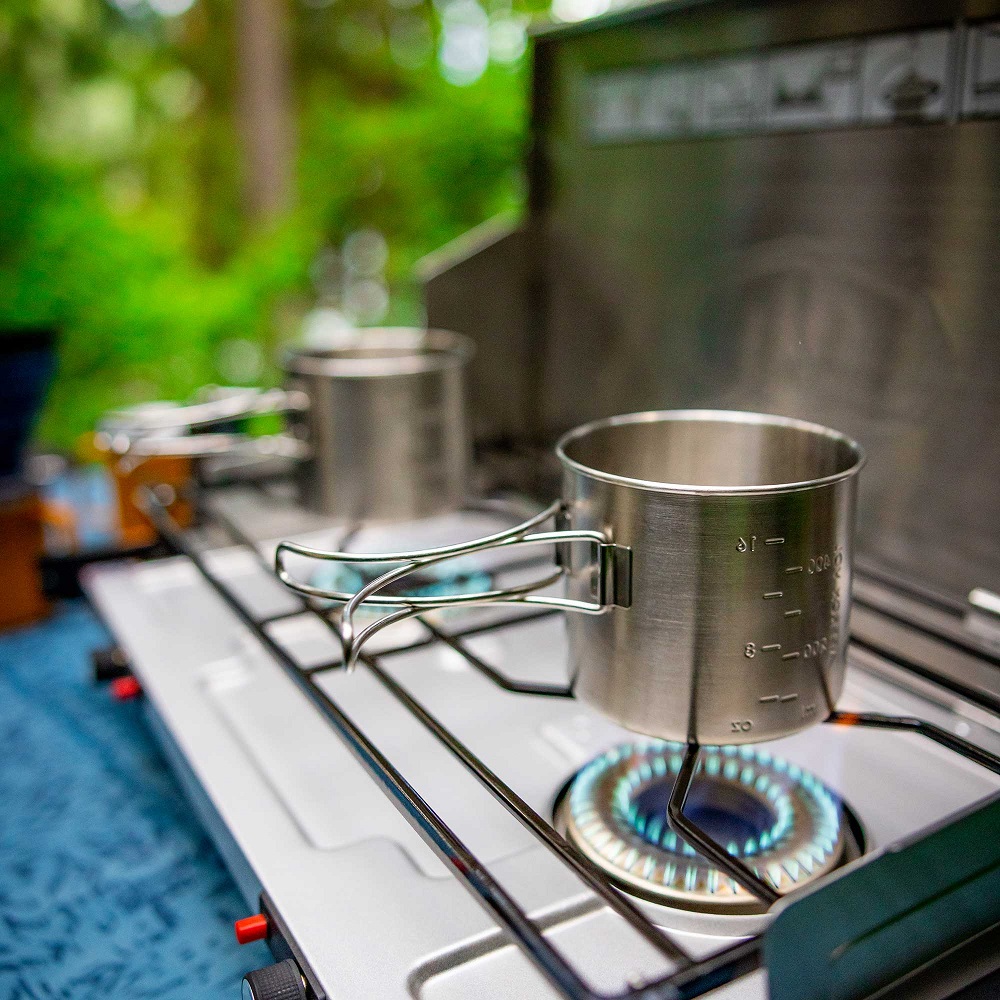
Cooking Power and Efficiency
The cooking power of a stove is measured in BTUs (British Thermal Units). Higher BTU ratings indicate a greater heat output, allowing for faster cooking. However, it is crucial to balance high BTU ratings with efficient flame control. Look for features that allow you to adjust the flame based on your cooking needs. Stoves that provide multiple burners can be particularly useful, allowing for simultaneous cooking of multiple dishes. Understanding your cooking needs will help guide you to a stove that meets your expectations for performance.
Fuel Efficiency
Fuel Type and Consumption Rates
The type of fuel a stove uses greatly affects its efficiency and cost-effectiveness. Canister stoves typically utilize fuels that burn cleanly and efficiently. Liquid fuel stoves can have higher consumption rates, especially when operating in colder conditions. Understanding the fuel consumption rates for your stove can help you plan how much fuel to bring along, ensuring you won’t run out during your trip. This foresight is essential, especially for longer excursions where access to fuel might be limited.
Longevity and Storage of Fuel
When camping, it is also important to consider how long your fuel will last and how it should be stored. Different fuel types have varying shelf lives, and proper storage can influence fuel effectiveness. For example, canister fuels have a limited lifespan depending on temperature and storage conditions. Liquid fuels, on the other hand, can last longer but require specific storage precautions to prevent spills or leaks. Knowing how to store your fuel correctly and how long it should be kept will ensure you have an adequate supply throughout your trip.
Eco-Friendly Considerations
As environmental concerns grow, more campers are seeking eco-friendly stove options. Wood-burning stoves provide a sustainable cooking method, while some companies manufacture fuel-efficient stoves that minimize emissions. When selecting a camping stove, consider how your choice impacts the environment. Opt for products made from recycled or sustainable materials where possible. Reducing waste, opting for natural fuels, and practicing responsible camping can contribute to preserving the natural beauty of the outdoors.
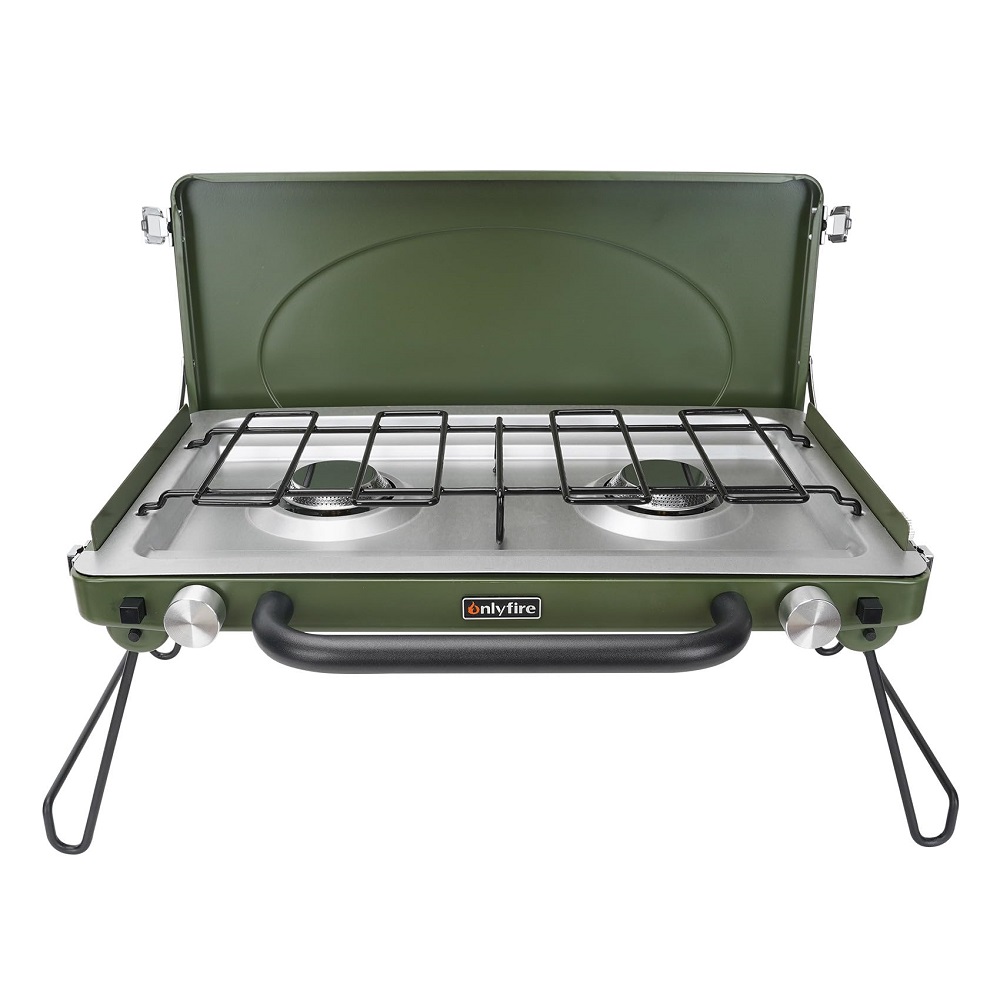
Safety Features to Consider
Built-In Safety Mechanisms
Safety should always be a priority when using any cooking equipment. Many modern camping stoves come equipped with built-in safety features designed to minimize risks. Look for models that include pressure regulators, automatic shut-off systems, or flame control mechanisms. These features can prevent accidents and provide peace of mind while cooking in outdoor environments. Understanding safety functions reduces the chances of fires or improper operation, making your cooking experience safer and more enjoyable.
Ventilation Needs
Proper ventilation is critical when using fuel-burning stoves. Ensure your stove permits adequate airflow to avoid pressure build-up and the risk of carbon monoxide poisoning. Ventilation becomes particularly important when cooking under canopies or inside tents. When planning meals, always position your stove where there is sufficient airflow. Taking these precautions can enhance your safety and comfort while cooking in various settings, ensuring a more enjoyable camping experience.
Preparing for Emergencies
In case of an emergency, it’s essential to be prepared. Always pack a basic first aid kit when camping, which should include band-aids, antiseptic wipes, and other essential supplies. Additionally, having a fire extinguisher nearby can be a precautionary measure, especially if you’re using a stove that relies on flammable fuel. Familiarize yourself with emergency procedures, and always keep your camping location in mind. Being prepared for uncertainties allows you to handle unexpected situations effectively.
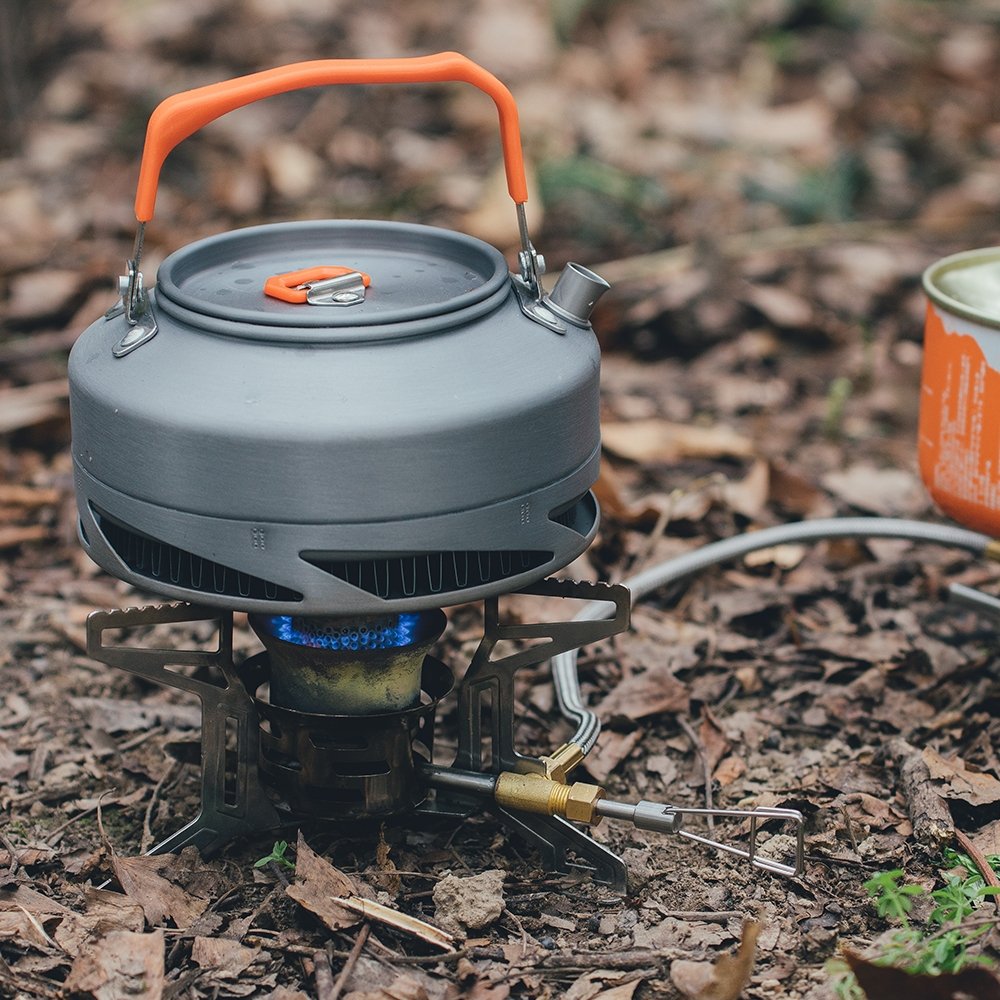
Budgeting for Your Camping Stove
Evaluating Pricing Ranges
When selecting a camping stove, it is vital to understand pricing ranges. The cost of camping stoves can vary widely depending on brand, features, and materials. It is essential to determine your budget and prioritize features that matter most to you; whether that means durability, versatility, or cooking power. Finding the right and affordable product will enhance your camping experiences without breaking the bank.
Considering Long-Term Costs
In addition to the initial purchase price, think about long-term costs associated with owning a camping stove. Fuel efficiency is a critical factor that can affect your overall expenses. Opt for a stove with lower fuel consumption rates to save money over multiple camping trips. Furthermore, durable stoves may require fewer replacements, making them a more cost-effective choice in the long run. Understanding long-term costs will help you make a more informed purchasing decision.
Seasonal Sales and Discounts
To maximize your budget, take advantage of seasonal sales and discounts. Many outdoor equipment retailers offer promotions during the off-peak camping season, typically in the fall or early spring. Shopping during sales events can yield significant savings on quality camping stoves and accessories. Additionally, consider joining local outdoor groups or online forums where members share deals or second-hand equipment, further expanding your options for finding great prices.
Conclusion
Selecting the right camping stoves plays a crucial role in ensuring a successful outdoor cooking experience. By considering essential features such as type, weight, safety, and efficiency, you can choose a stove that best meets your needs for your next adventure. Understanding the various types available, along with their functionalities and advantages, allows you to make an informed decision. So whether you’re hiking deep into the wilderness or camping close to home, having the right stove allows you to prepare delicious meals and savor the great outdoors, making your camping experience memorable and enjoyable. As you plan your trips, invest the time necessary to explore your camping stove options to make your outdoor cooking as convenient and pleasurable as possible. Happy camping!
